
Roots
The story of textured hair is an ancient one, deeply etched into the very core of human identity. When we ask how modern styles mirror historical Black hair heritage, we are not merely seeking aesthetic connections. We are reaching for echoes of ancestral wisdom, for the scientific marvel of natural curl, and for the profound cultural narratives that shaped not only how hair was worn, but what it meant to be a person within a community. Consider the resilience held within each strand, a testament to millennia of human experience.
This inquiry invites us into a living archive, where every twist, every coil, every pattern tells a story of survival, artistry, and spiritual connection. The history of Black hair is a unique narrative, stretching back thousands of years.
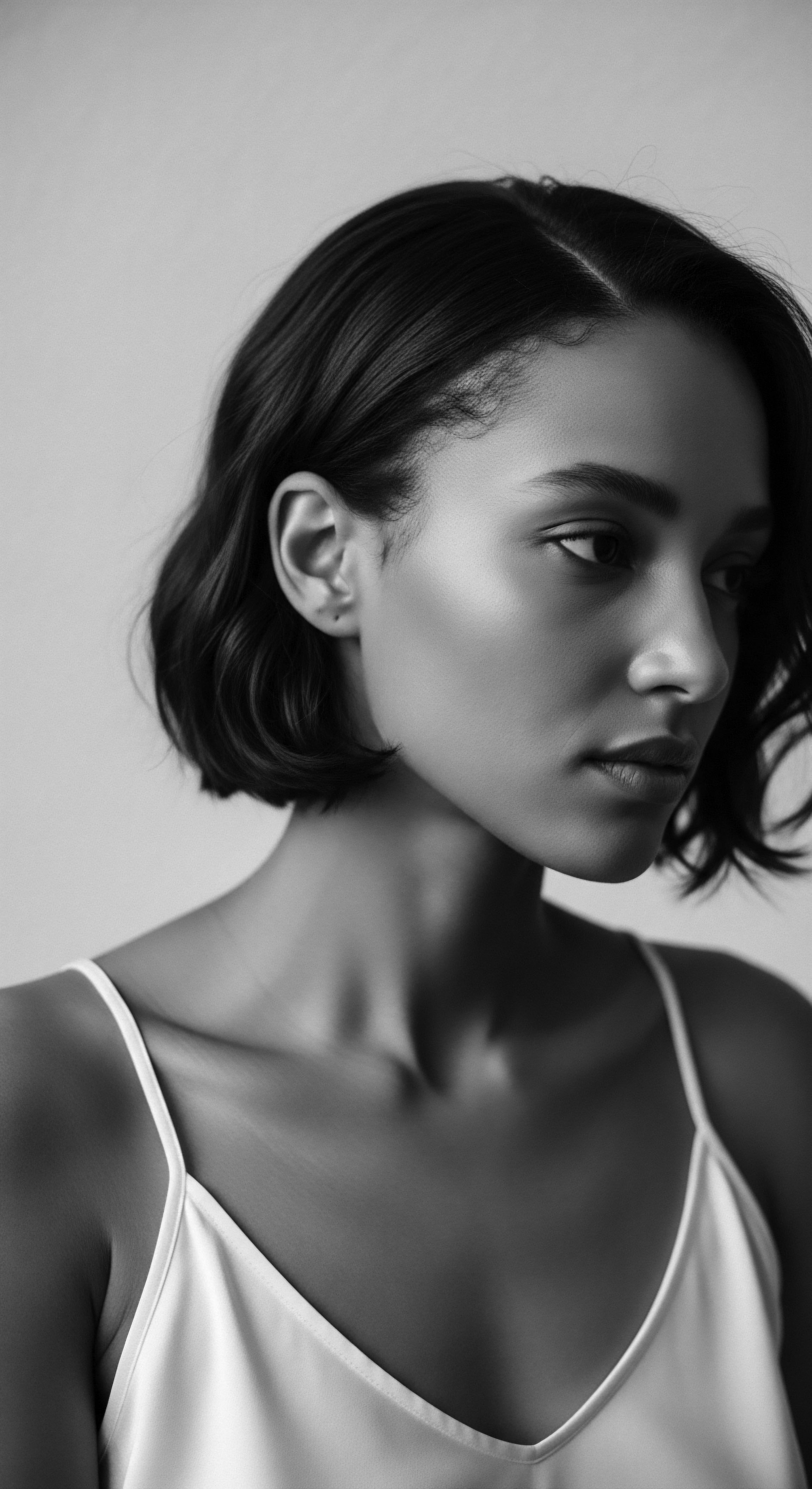
Textured Hair’s Ancient Design
The biological architecture of textured hair, characterized by its elliptical follicle shape and coiled structure, stands as a testament to evolutionary adaptation. Early hominids residing in intense heat spent long hours under the sun, and the spiraled hair protected their scalps from harsh ultraviolet radiation. The structure also allowed more air to pass through, keeping the scalp cool. This inherent design, with its variations in curl pattern, thickness, and strength, has always dictated the styling possibilities and care requirements across diverse African societies.
Modern scientific understanding of hair physiology, while recent, often validates the intuitive wisdom of our ancestors. They understood that these strands required particular care, moisture, and gentle handling long before laboratories isolated keratin proteins or studied cuticle layers. This fundamental biological reality has shaped hair care practices and styling choices for generations, influencing everything from the selection of natural ingredients to the development of protective styles.

Ancestral Classifications and Meanings
Before any modern classification systems emerged, African communities possessed their own sophisticated lexicon for hair, not based on numbers and letters, but on social significance, spiritual meaning, and communal identity. Hair was a powerful communicator of status. In pre-colonial Africa, a hairstyle could immediately convey a person’s marital status, age, wealth, religious affiliation, or even their specific tribal background.
Ancestral hairstyles were living maps of identity, communicating a person’s place within their world without uttering a single word.
For instance, among the Yoruba people of Nigeria, intricate hairstyles signaled community roles, marital status, or passage rites. Young women might wear elaborate braids during initiation ceremonies marking their transition to adulthood. The Maasai people of East Africa held distinct beliefs regarding hair and spiritual energy, with warriors growing long braids during their phase, symbolically shaving them off during life transitions. This deep connection to hair as a sacred part of the body, a conduit for spiritual energy, was a widespread belief across many ancient African cultures.
| Historical Significance Tribal Affiliation ❉ Specific patterns identified a person's origin and community. |
| Modern Reflection Cultural Pride Styling ❉ Individuals choose styles like Fulani braids or Bantu knots to honor specific African groups. |
| Historical Significance Social Status ❉ Elaborate styles or adornments indicated wealth or rank. |
| Modern Reflection Self-Expression ❉ Hair becomes a canvas for personal artistry, reflecting individual identity and current fashion. |
| Historical Significance Life Stages ❉ Hair changes signaled transitions like marriage or motherhood. |
| Modern Reflection Personal Milestones ❉ Hair choices mark significant life events, though less rigidly defined by community customs. |
| Historical Significance Spiritual Connection ❉ Hair as a link to the divine and ancestors. |
| Modern Reflection Holistic Well-being ❉ Care practices become mindful rituals, connecting physical and spiritual self. |
| Historical Significance The enduring power of Black hair heritage lies in its ability to adapt ancient meanings to contemporary forms of identity and expression. |
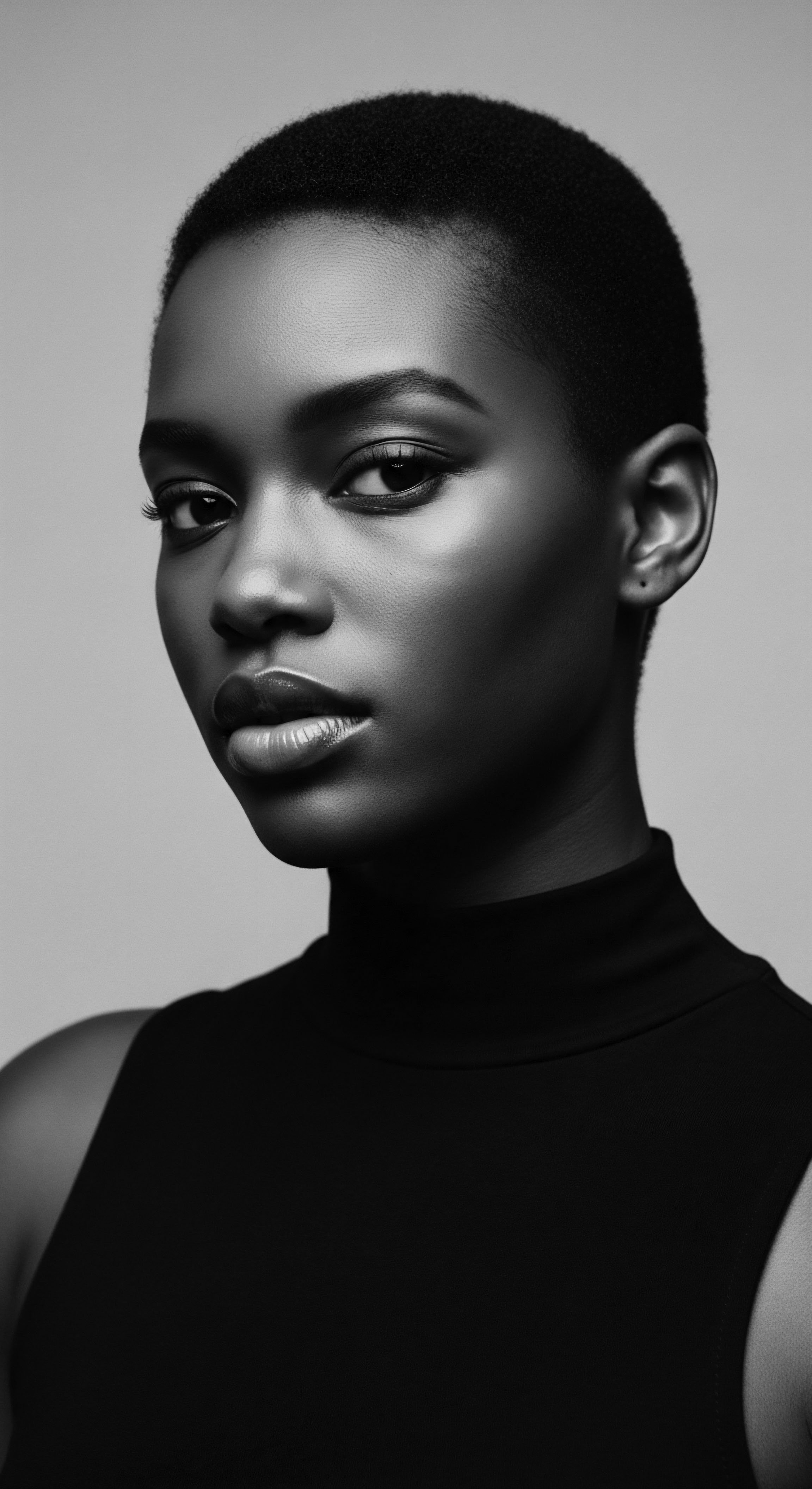
A Lexicon of Legacy
Understanding textured hair today gains depth when we acknowledge the terms that carry generations of meaning. Modern science offers detailed descriptors for curl patterns, porosity, and density, aiding in product formulation and personalized care. Yet, traditional terminology, often oral and implicit within communal practices, holds immense cultural value.
For instance, the simple act of “greasing” the scalp, a deeply rooted practice passed down from African ancestors, speaks to the long-held knowledge of moisturizing and nourishing hair. This legacy lexicon offers a profound connection to how hair was perceived and cared for in its natural state, long before external influences tried to impose different standards.
The collective memory of textured hair care, passed through generations, serves as a powerful undercurrent to current practices. It is a remembrance that the very structure of Black hair is not a deviation, but a remarkable, ancient design.
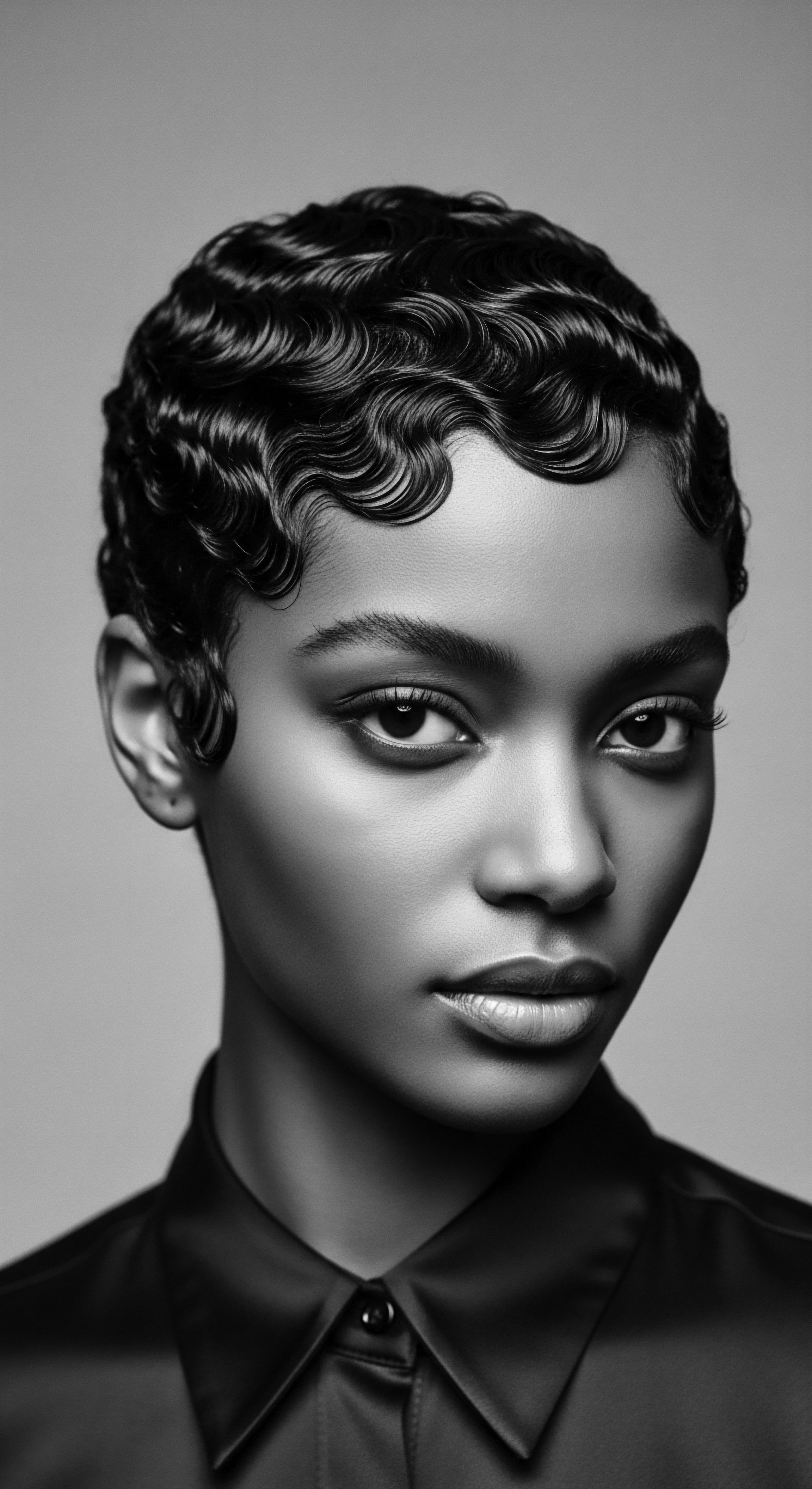
Ritual
The artistry of styling textured hair is an ancient practice, a testament to human ingenuity. Modern styles, from intricate braids to flowing locs, are not new creations but rather continuations and re-imaginings of deeply rooted practices. The journey from ancient techniques to contemporary trends unveils a living heritage, a constant conversation between past and present. Hairdressing appears to be ancient in many sub-Saharan African societies, with artifacts predating European contact providing evidence.
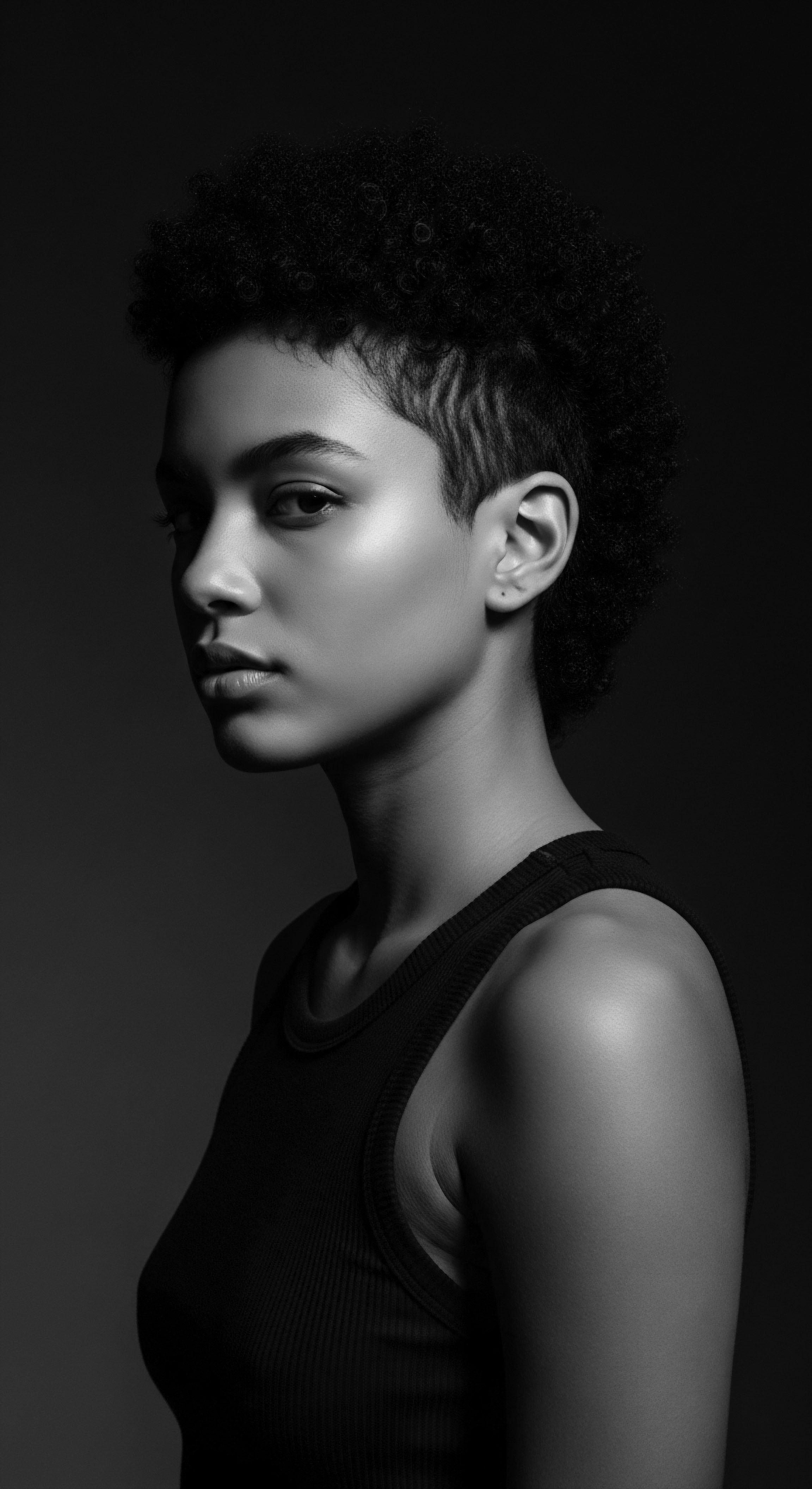
Ancestral Roots of Protective Styles
Protective styles, a cornerstone of modern Black hair care, find their origins in ancient African civilizations. These styles, including various forms of braids, twists, and locs, were more than mere adornments. They served as distinguishing markers of tribal affiliation, communicated social status, and even conveyed religious beliefs.
The practice of braiding, for example, dates back over 5000 years in African culture, around 3500 BC. These complex arrangements often took hours or even days to complete, transforming hair styling into a significant social ritual, a time for community bonding.
During the transatlantic slave trade, the practice of hair styling became an act of resistance and survival. Enslaved Africans braided rice seeds into their hair for sustenance and used cornrows to construct maps for escape, demonstrating hair’s profound utilitarian role beyond aesthetics. These practices highlight the ingenious ways hair was utilized, revealing a deeper connection to survival and resilience.
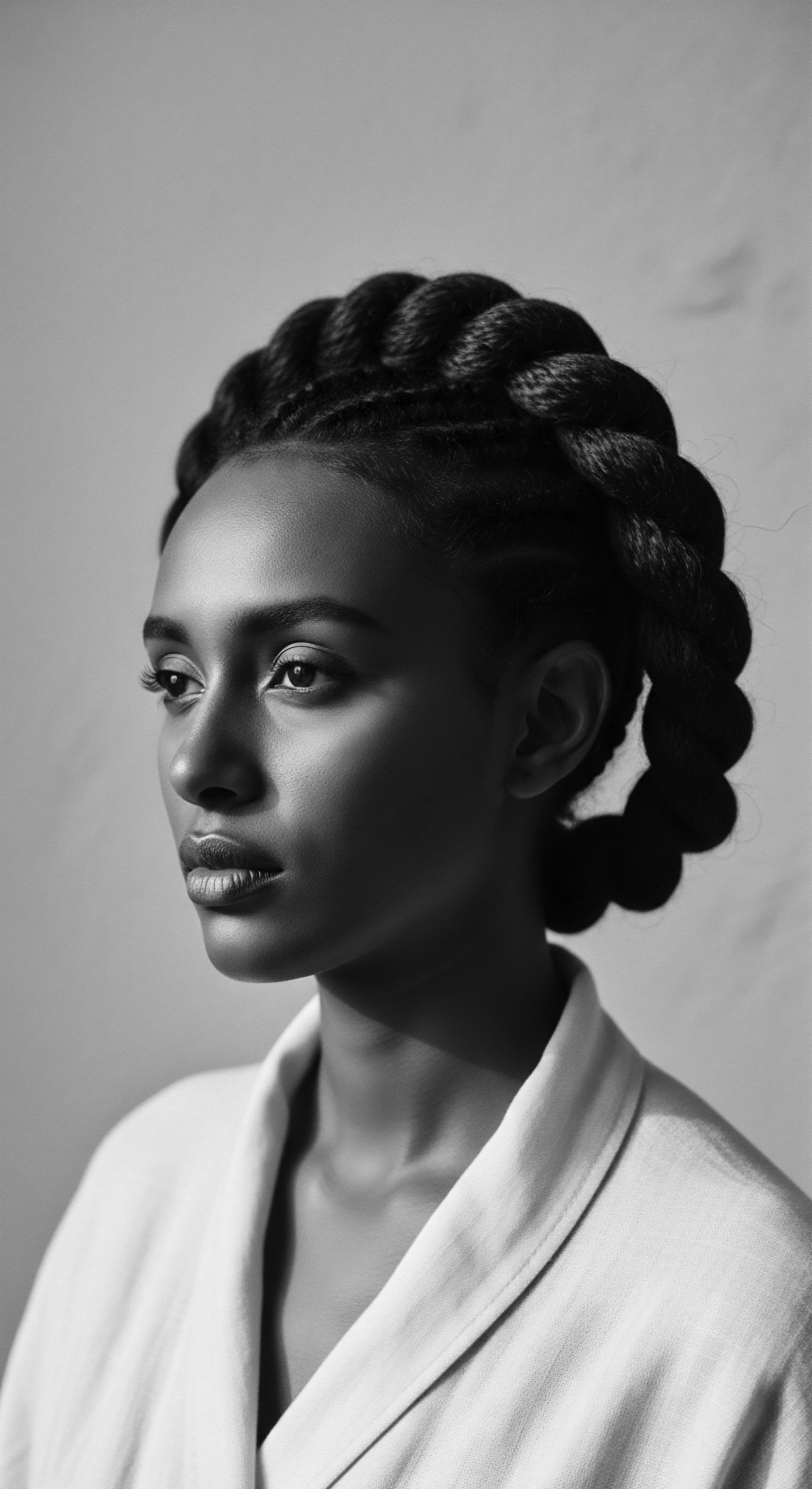
How Does Modern Styling Reflect Ancient Techniques?
Modern protective styles directly descend from these ancestral practices, adapting them for contemporary life. The techniques employed today, though sometimes aided by modern products and tools, mirror the foundational methods of twisting, coiling, and braiding that preserved hair health for centuries.
Consider these direct reflections:
- Box Braids ❉ These individual plaits, popular today, trace their lineage to ancient African braiding traditions that were often symbols of status and cultural identity. They shield natural hair from environmental stressors and reduce manipulation, a practice rooted in ancestral wisdom.
- Cornrows ❉ With origins as far back as 3000 B.C. in the Horn and West coasts of Africa, cornrows served as a communication medium among various African societies. Today, they remain a versatile style, valued for their neatness and protective qualities.
- Bantu Knots ❉ This style, where sections of hair are twisted and coiled tightly against the scalp, has roots dating back to the 2nd millennium BCE among the Bantu-speaking communities of Southern West Africa. Modern wearers appreciate them for their ability to set curls and coils, or as a style in their own right.
- Locs ❉ Though widely associated with the Rastafari movement, dreadlocks have a long history in Africa, with priests of the Ethiopian Coptic Orthodox Church sporting them as early as 500 BCE. Contemporary loc wearers often speak of the spiritual connection and the minimal manipulation benefits of this enduring style.

The Enduring Use of Extensions and Wigs
The use of hair extensions and wigs also holds ancient heritage, dating back to civilizations like ancient Egypt, where royalty, including figures such as Queen Nefertiti and Cleopatra, wore wigs as symbols of status and beauty. In traditional African contexts, women used vegetable fibers, sinew, or even hair from relatives to lengthen and enhance their hair. Mbukushu women in Botswana or Namibia, for example, wore intricate wigs fixed into their hair with braids, known as headdresses, often signifying life stages.
Modern extensions and wigs, while offering convenience and aesthetic versatility, echo these historical practices of enhancing and transforming hair. They serve as protective styles, allowing natural hair to rest, while also offering diverse styling options.
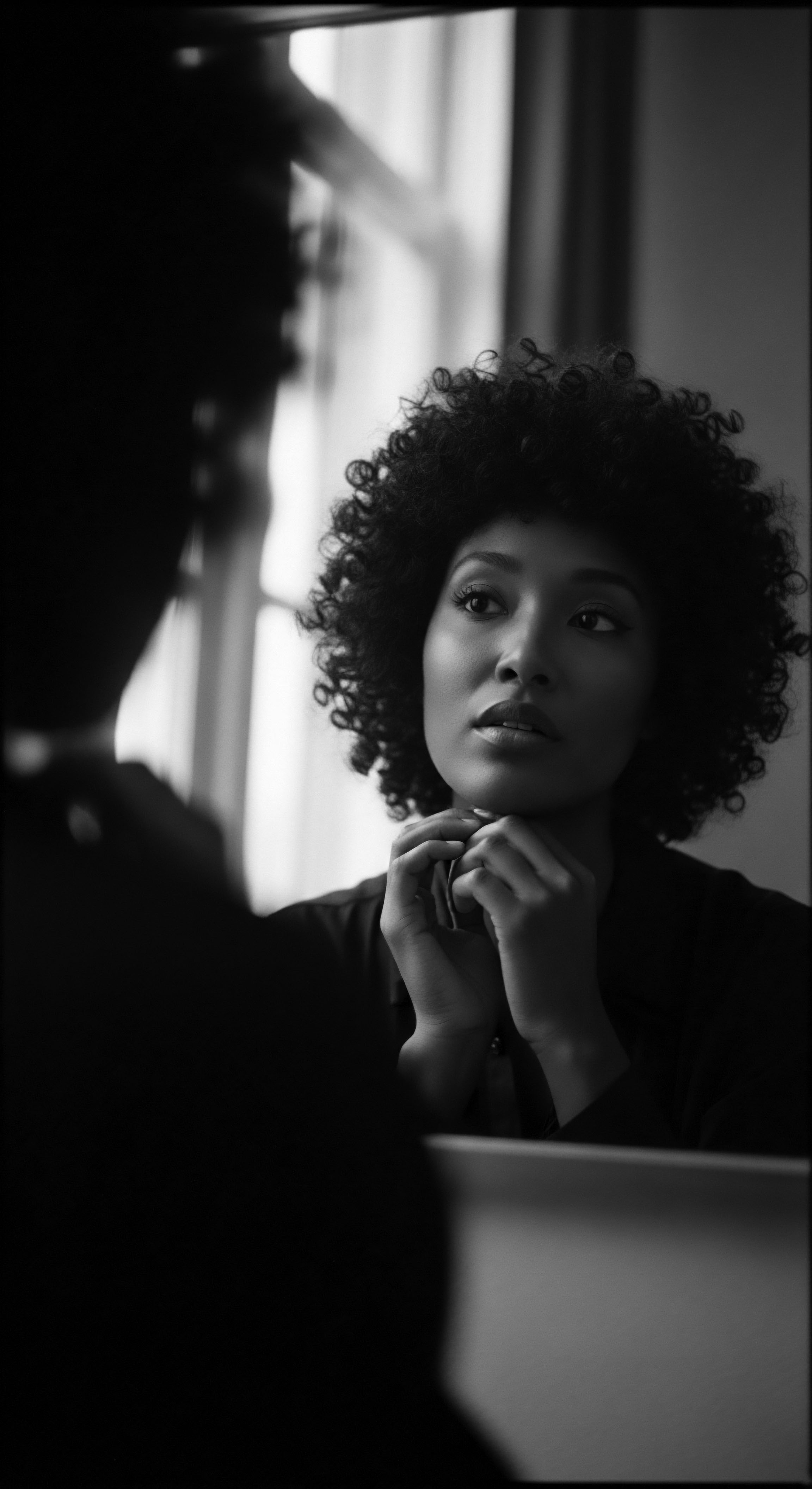
Tools of the Trade, Old and New
The tools used for styling have evolved, yet their function often mirrors traditional implements. Ancient African hairdressing involved a range of combs, picks, and adornments crafted from natural materials. While modern hair care boasts an array of synthetic brushes, precise combs, and heat styling tools, the fundamental purpose remains unchanged ❉ to shape, define, and care for textured hair.
The traditional African hair groomers possessed unique skills to uphold local beauty standards, employing tools that reflected their deep understanding of the hair’s qualities. This continuous adaptation of tools, from natural elements to advanced technology, underscores a persistent quest for hair health and aesthetic expression.
Modern protective styles are a contemporary homage to ancient artistry, a living testament to generations of hair wisdom.
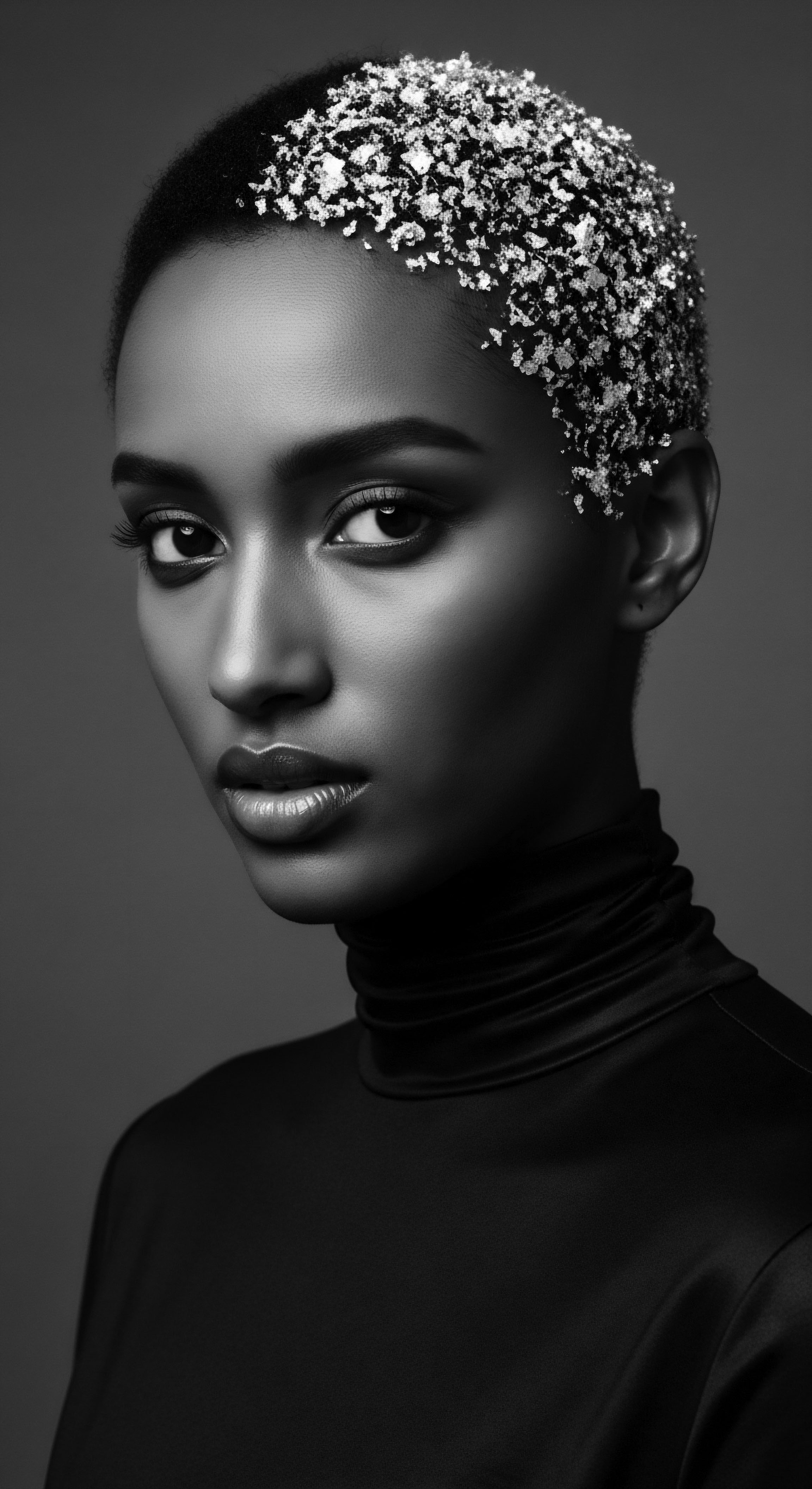
Relay
The journey of textured hair care from ancient communal rituals to modern individualized regimens is a powerful relay of knowledge, resiliently carried across time and continents. This continuity speaks to an intrinsic understanding of textured hair’s unique biological properties and the deep cultural significance woven into its care. The very act of caring for Black hair, often passed down through familial lines, has always been an intimate practice. It is a space of nurturing, of teaching, and of preserving a cherished heritage.

Building Personalized Care Regimens
The foundation of modern textured hair care—hydration, nourishment, and protection—resonates with ancestral wisdom. Historically, African communities utilized a wealth of natural resources for hair health. Ingredients such as Shea Butter, Coconut Oil, Argan Oil, and various herbs were used for centuries to moisturize, strengthen, and protect hair from environmental elements. These traditional practices recognized the propensity of textured hair for dryness, a scientific reality stemming from the angled follicular structure that makes it harder for natural oils to travel down the hair shaft.
Today, personalized regimens often blend these ancient ingredients with contemporary scientific understanding. The goal remains the same ❉ to support the hair’s natural moisture balance and structural integrity. The resurgence of interest in DIY hair care and the demand for natural, less chemically-laden products directly reconnects individuals with ancestral knowledge of ingredients and self-care traditions. For instance, the use of Rhassoul Clay from Morocco for cleansing offers a natural, mineral-rich alternative to harsh sulfate shampoos, aligning with traditional approaches that worked with hair biology.

The Nighttime Sanctuary and Bonnet Wisdom
The widespread use of bonnets, scarves, and durags for nighttime hair protection in modern Black communities is a direct continuation of a deeply ingrained historical practice. While bonnets were once a common fashion accessory across various cultures, their specific and enduring significance for Black hair is tied to centuries of practical need and cultural expression. During enslavement, headwraps and bonnets became critical for Black women to protect their hair from harsh conditions and to signify social standing, even as they were sometimes weaponized as a tool of control.
This historical imposition transformed into a powerful act of reclamation and self-care. Black women began to use vibrant fabrics and adorned their head coverings, transforming symbols of control into expressions of creative and cultural pride.
The bonnet, a seemingly simple garment, holds centuries of Black resilience, transformed from a symbol of control into an emblem of protection and heritage.
Scientifically, the benefit is clear ❉ satin or silk linings reduce friction, preventing breakage and moisture loss, especially crucial for textured hair which is prone to dryness and tangles. This practical application of material science, though understood intuitively for centuries, now reinforces the wisdom of these ancestral rituals. The shared experience of wrapping hair at night, often taught by mothers and grandmothers, strengthens familial bonds and passes down this essential aspect of hair heritage.

Holistic Influences on Hair Health
Traditional African wellness philosophies recognized hair health as interconnected with overall well-being. This holistic perspective considered diet, spiritual state, and community harmony as integral to a person’s vitality, including their hair. Modern hair wellness advocates echo this ancient understanding, emphasizing the link between internal health, stress levels, and the condition of one’s hair.
A powerful historical example of this holistic connection comes from research by Ingrid Banks, whose ethnographic study in 2000 illuminated the profound impact of “hairstyle politics” on the self-identity of Black American women. This work demonstrated how historical and ongoing societal perceptions of Black hair, often influenced by Eurocentric beauty standards, created internal conflicts related to self-worth and identity. The modern natural hair movement, born around the same period, emerged as an emancipation movement, encouraging women to wear their natural afro-textured hair and to redefine beauty ideals.
This was not merely a stylistic shift; it was a reclaiming of self and a collective assertion of heritage, deeply aligning with the concept of hair as a reflection of identity and psychological well-being. The movement championed not only the physical health of hair but also the mental and spiritual freedom that comes from accepting one’s natural form.
This reawakening to ancestral practices, coupled with scientific validation, underscores a broader movement towards a more conscious, heritage-centered approach to hair care. It is a profound act of self-love, honoring the past while nurturing the present and future.

Reflection
The contemporary landscape of Black hair styles represents a magnificent continuity, a vibrant testament to the enduring power of heritage. Each braid, each coil, each natural silhouette speaks volumes, echoing the wisdom of ancient traditions, the resilience forged through historical adversity, and the boundless creativity inherent in textured hair. The modern expression is a living library, where ancestral knowledge, communal rituals, and personal journeys intertwine.
There is a deep, unspoken language carried within these strands, a story of self-determination and cultural pride that transcends fleeting trends. It is a legacy actively lived, continuously reshaped, and passed on, ensuring that the soul of a strand remains forever unbound.

References
- Byrd, Ayana D. and Lori L. Tharps. Hair Story ❉ Untangling the Roots of Black Hair in America. St. Martin’s Press, 2001.
- Banks, Ingrid. Hair Matters ❉ Beauty, Power, and Black Women’s Consciousness. New York University Press, 2000.
- Sieber, Roy, and Frank Herreman. Hair in African Art and Culture. The Museum for African Art, 2000.
- Opoku, Akwasi. African Hair and Identity ❉ A Historical Perspective. University Press, 2007.
- Russell, Constance Dionne. “Styling Civil Rights ❉ The Effect of S. 1981 and the Public Accommodations Act on Black Women’s Access to White Stylists and Salons.” Harvard Blackletter Law Journal, vol. 24, 2008, pp. 189–227.
- Thompson, Cheryl. Black Women and Black Hair ❉ Text, Culture, and Politics. Routledge, 2009.
- Weitz, Rose. Rapunzel’s Daughters ❉ What Women’s Hair Tells Us About Women’s Lives. Farrar, Straus and Giroux, 2004.
- Chapman, Erin D. Prove It on Me ❉ New Negroes, Sex, and Popular Culture in the 1920s. Oxford University Press, 2012.
